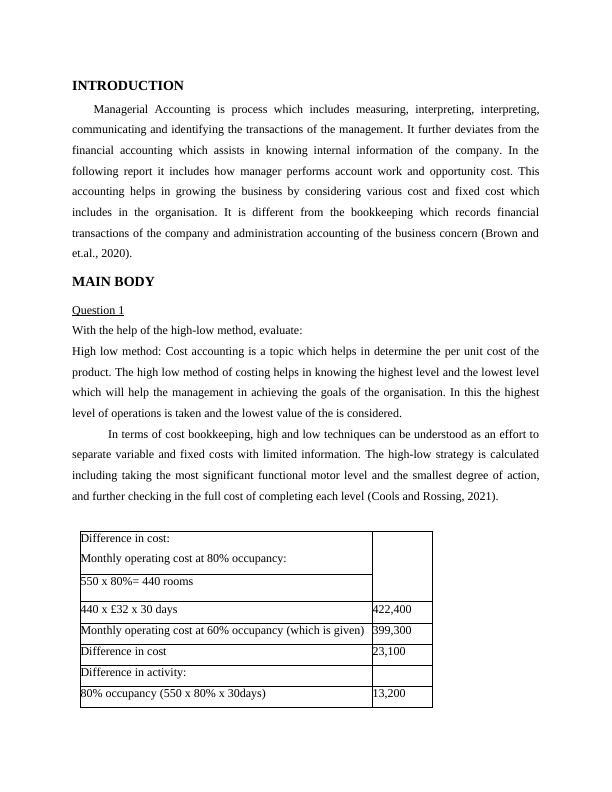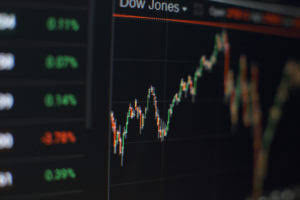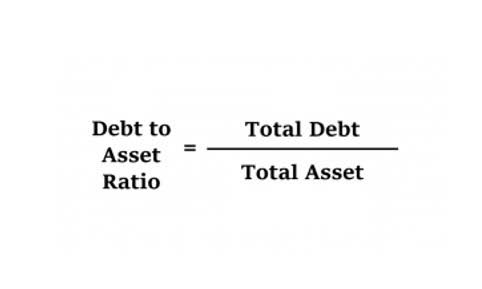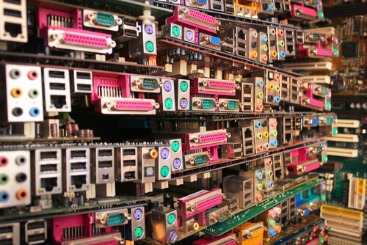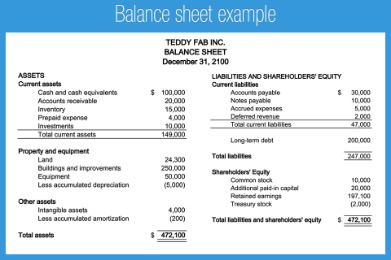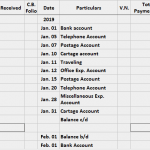
The marginal propensity to consume explains how consumers spend based on income. It is a concept based on the balance between the spending and saving habits of consumers. The marginal propensity to consume is included in a theory of macroeconomics known as Keynesian economics. The theory draws comparisons between production, individual income, and the tendency to spend more.
The Relationship between Income, Consumption and GDP: A Time Series, Cross-Country Analysis☆
Personal saving is calculated by subtracting values for consumption from values for disposable personal income, as shown in the table. At every point on the 45-degree line, the value on the vertical axis equals that on the horizontal axis. The consumption function intersects the 45-degree line at an income of $1,500 billion (point D). At this point, consumption equals disposable personal income and personal saving equals 0 (point D′ on the graph of personal saving).
John Maynard Keynes introduced the idea of the consumption function, which explains the relationship between a country’s income and spending. Economists and leaders can use this theory to help make predictions about future spending and important economic and investment decisions for the future. Consumers are likely to be more willing to spend money when they are optimistic about the future. An increase in consumer optimism tends to shift the consumption function upward as in Panel (a) of Figure 28.4 “Shifts in the Consumption Function”; an increase in pessimism tends to shift it downward as in Panel (b). The sharp reduction in consumer confidence in 2008 and early in 2009 contributed to a downward shift in the consumption function and thus to the severity of the recession.
Procedia Economics and Finance
- Consumers spend more if their income increases and spend less if their income drops.
- Consumption theories began with John Maynard Keynes in 1936 and were developed by economists such as Friedman, Dusenbery, and Modigliani.
- Erika Rasure is globally-recognized as a leading consumer economics subject matter expert, researcher, and educator.
- Ultimately, both MPS and MPC are used to discuss how a household utilizes its surplus income, whether that income is saved or spent.
Using survey data, researchers Matthew D. Shapiro and Joel Slemrod estimated an MPC of about one-third. They note that this low increased spending is particularly surprising, since the rebate was part of a general tax cut that was expected to last a long time. At the other end, David S. Johnson, Jonathan A. Parker, and Nicholas S. Souleles, using yet another data set, found that looking over a six-month period, the MPC was about two-thirds.
The vertical intercept of the consumption function is what is the gaap matching principle thus $300 billion. Then, for every $500 billion increase in disposable personal income, consumption rises by $400 billion. Because the consumption function in our example is linear, its slope is the same between any two points.
Principles of Economics
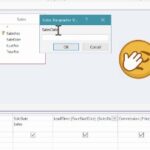
People who have the same current income but different permanent incomes might reach very different saving decisions. A person with the same low income but no expectation of higher income later might try to save some money now to provide for retirement or bequests later. Because a decision to how to calculate inventory purchases save a certain amount determines how much will be available for consumption, consumption decisions can also be affected by expected lifetime income. Thus, an alternative approach to explaining consumption behavior is the permanent income hypothesis, which assumes that consumption in any period depends on permanent income.
Behavioural economics, Keynesian consumption function
The extent to which stimulus adds to economic growth is called the Keynesian multiplier. The MPC percentage can also be used by economists to determine what are notes receivable how much of each $1 in tax rebates will be spent. In doing so, they can adjust the total size of the rebate program to achieve the desired spending per household. Historically, consumer demand and consumption have helped drive the U.S. economy. When American consumers have a greater amount of extra income, they might spend a portion of it, thereby spurring growth in the economy. The consumption function shifts forward (or upward) when disposable income or accumulated wealth also increases.
In this case, the slope of the consumption function, which is the same as the marginal propensity to consume, is 0.8 all along its length. The MPC, like the MPS, affects the multiplier process and affects the magnitude of expenditures and tax multipliers. Ultimately, both MPS and MPC are used to discuss how a household utilizes its surplus income, whether that income is saved or spent. Consumer behavior concerning saving or spending has a very significant impact on the economy as a whole. The marginal propensity to consume is calculated by dividing the change in spending by the change in income.




